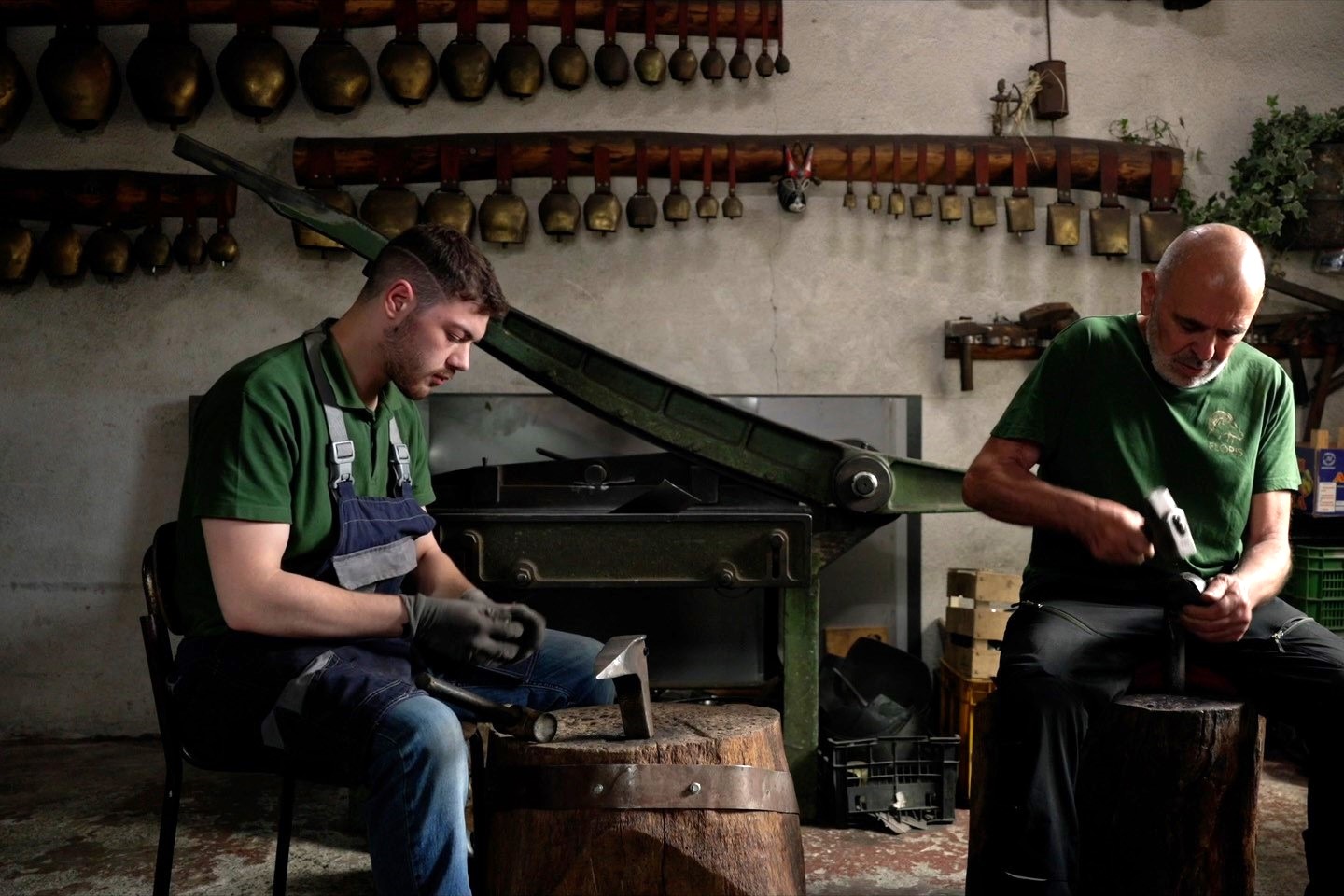From theatre and cinema to figurative arts: at this point of his career, Max Papeschi, the Italian artist with the first institutional solo exhibition in the United States, achieved an immediate success among both the critics and the public thanks to his eclectic knowledge of all these worlds.
Indeed, born as theatre and cinema author and director, he became an artist with exhibitions in Berlin, Paris, Rome, Stockholm, Kyoto, Izmir and Mexico City.
Nevertheless, considered one of the main protagonists of contemporary art, he chose San Francisco for his exhibition Fifty Shades of Gold. The opening was also an opportunity to present his autobiography and the fascinating story of how he transitioned from theatre and cinema to the art world.
Looking at his artworks, Max’s style surprises for lacking of obvious meanings and an ordinary approach. Moving between the idea of “politically incorrect” and some futurism, his vision takes some elements from the past and turns them into something totally new in order to achieve future or alternative ideologies. The fear behind this art hides an inner hope, which will become – sooner or later – freedom.
Characters and events of every kind and from any era come to life through a mass media representation, whose complexity brings sometimes to either a misinterpretation or opposite understandings. For instance, this is what happened with some artworks whose analysis changed according to the geographical areas of origin: while in Europe, Max Papeschi has been sometimes accused for being pro-Nazi or similar, in the United States he has been considered as supportive of communist and anarchist ideologies.
However, with a little effort which helps go beyond the first impression, the main goal of the Italian artist is to remind everyone how, looking back at a few years ago, some concepts as freedom of expression, tolerance for those who are different, solidarity for minorities, and peace among European countries were not as certain as they are today. Although it took a long time for our society to achieve them, there would take very little to destroy what has been built over years.
You used to be an author and a director. When did you realize that figurative art is as effective as theatre and cinema?
The spirit of my work has been always the same, the only thing which changed is the way I express it. In all these years, unlike McLuhan’s theory, I believe I have changed the medium to communicate but not the message itself. Only in recent times, I got close to figurative arts and it happened only by chance: at the end of 2008, I created a Myspace page which wanted to promote a theatre show for which I was writing the screenplay. To help the promotion, I decided to use Photoshop and to edit pictures in order to help everyone understand the real meaning of my work. Then, an expert from a gallery in Milan called me and asked to exhibit those photos for them. That’s how this amazing adventure started.
Which artist or artistic trend most influenced you?
I grew up in theaters and my background comes from there. I think I have been influenced from movies and the advertisement world more than from art itself. I believe, there are lot of people who work in advertisement who are as great as contemporary artists and eventually inspired me.
You call yourself a new pop artist. What does that mean?
I have never considered my work “pop art” in the way we all know. I use icons coming from the mass culture for a specific purpose and only if they are useful to fulfil the message. Most times, instead, new pop art uses icons coming from the popular cultural just to match the market’s interests. And this is not what I am looking for.
Your art is controversial and provocative. Is this the right way to define it?
I don’t think being provocative is meaningful anymore. We saw, in some exhibitions in 1917, a lavatory in a gallery, as well as some shit in a jar. There have been performances just based on nudity, blood, and self-destruction. They tortured and killed animals just to be different from other artists. In terms of provocations, artists have already done too much.
Your art shows an intent of protest. Against who or what?
Most of my artworks can be described as advertisement campaigns, coming from a possible, parallel reality. They look like propaganda but they lack of claims, body-copy and pay-off in order to be true advertisement. They don’t sell anything, they just want to promote all the values of our society, without hypocrisy and lies.
How do you deal with people who critisize your work?
We are very lucky for being in a free world and everybody can tell his/her own opinion.





























